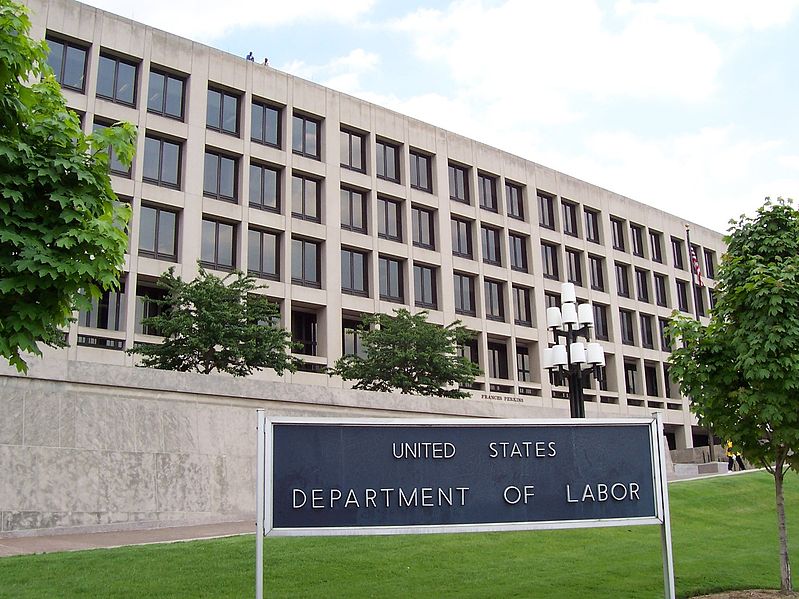DO YOU KNOW WHO YOUR EMPLOYEES ARE? AVOIDING JOINT EMPLOYER STATUS JUST GOT CLEARER

The Fair Labor Standards Act (FLSA) requires that employees be paid at least minimum wage and paid overtime for working over 40 hours a week. Penalties for employee pay violations can be costly to employers, up to $1,000 for each violation (meaning for each employee and each incident), including back pay, attorney’s fees, and court costs. Willful violations may even result in criminal prosecution and fines up to $10,000.
That means it’s important for leaders of organizations to know that how they do business with other entities could result in being regarded as an “employer” of persons outside their own workplaces, not only under the FLSA, but also under other federal laws like labor and anti-discrimination laws.
Under the FLSA, workers may have, in addition to a primary employer, a joint employer, that is, an additional employer who is also liable for employee pay violations. In January 2020, the DOL issued a new rule for determining joint employer status under the FLSA. Today, the Wage and Hour Division of the DOL announced a free webinar—scheduled for February 25, 2020—covering this important topic (register here).
There are two potential scenarios where an employer may be considered a joint employer under the FLSA. First, where an employee performs work that simultaneously benefits another employer; and second, where two employers are sufficiently associated with respect to employment of a worker that they are considered joint employers.
The new rule impacts the first scenario, using a new test to determine whether the secondary entity actually controlled the employee. The question is, did the secondary company actually do one or more of the following:
- hire or fire the employee
- supervise and control the employee’s work schedule or conditions of employment to a substantial degree
- determine the employee’s pay rate and method of payment
- maintain the employee’s employment records (this factor alone is insufficient)
The new rule did not affect the second joint employer scenario—when workplaces are sufficiently associated with respect to employment of a worker that they are considered joint employers.
The standard for associated employers remains the same, and where a joint employment relationship is found, worker’s hours are aggregated to determine whether FLSA employee pay violations were committed. Both employees are legally responsible for any resulting penalties. The standard in this scenario depends on all facts and circumstances, including whether:
- there was an arrangement between the businesses to share the worker’s services;
- one business acted in the interest of the other in relation to the worker; or
- the businesses shared control of the worker
Vendor sharing and franchise relationships, alone, are not enough to create joint employer status.
Overall, the new FLSA rule provides employers with clearer parameters to avoid becoming a joint employer when doing business with other companies that provide workers during the course of the business arrangement. It is important to keep in mind, though, this new rule applies only to wage and hour issues under the FLSA and not to other federal or state laws. Both the NLRB (which enforces labor laws), and the EEOC (which enforces anti-discrimination laws), are expected to issue their own joint employer rules in 2020.
The NLRB’s proposed rule is expected to be similarly beneficial for employers doing business together. The consequences of being labeled a joint employer are significant under the labor laws. A joint employer may be required to participate in the bargaining process; may be held liable for another employer’s unfair labor practices; and may be picketed. For any employer, union or non-union, being thrown into the labor arena under such circumstances would be time consuming and costly.
The EEOC enforces federal laws prohibiting discrimination on the basis of race, sex, age, and disability. Whether the EEOC’s new rule will also narrow the scope of when two entities can be considered joint employers is yet to be determined. According to the EEOC, its rule will turn on the statutory definitions of “employee” and “employer” under the federal EEO laws. There is no doubt, especially with regard to #MeToo issues, joint employer status in the discrimination space can have significant consequences for employers. The EEOC reported a 15% increase in sexual harassment charges filed by employees in 2018 and a 50% increase in the number of cases the EEOC filed against employers, recovering $70 million dollars from employers to compensate victims. Who is and who is not the employer is critical to employers, so we look forward to the EEOC providing further clarification in 2020.
For a FAQ on the Joint Employer Final Rule, click on the DOL’s link: https://www.dol.gov/agencies/whd/flsa/2020-joint-employment/faq